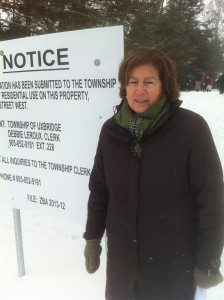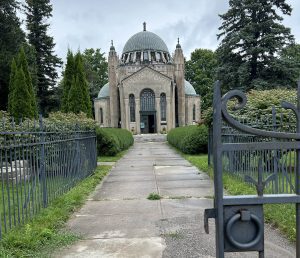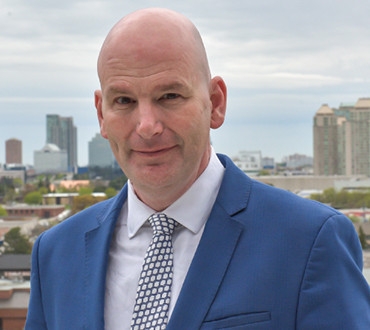
It only took a few minutes into Monday morning’s Planning Committee meeting at Uxbridghe Township offices to realize that no citizen’s protest versus the closing of the King Street Parkette had a chance of changing Council’s mind and that the outcome appeared predetermined.
Minutes into the planning meeting, Coun. Todd Snooks, the chair, called upon a township planning officer to review Council’s history with the park. She called for a slide on the screen.
“Here is the King Street Parkette timeline,” she said, and then indicated the single-lot-sized green space had first been deemed by Council “surplus in 1981.”
The slide showed type inside an information box with no identification, no source and no specific date. It just said, “Surplus 1981.” (more…)





